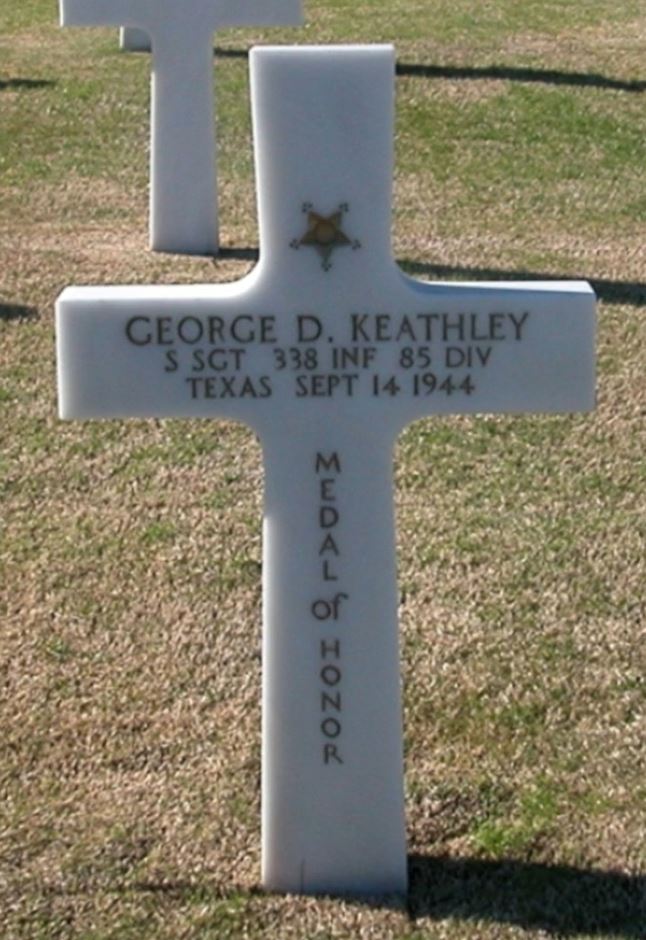la Redazione
Prima della Guerra
Il sergente George Dennis Keathley era un militare di grande valore, il quale prestò servizio nell’esercito degli Stati Uniti durante la seconda guerra mondiale, combattendo e morendo in Italia. Nato il 10 novembre 1907 a Olney, in Texas, Keathley ha dato dimostrazione di grandissimo coraggio e di capacità di leadership che gli hanno guadagnato un posto nella storia in occasione della battaglia del Passo del Giogo per lo sfondamento della Linea Gotica.
George Keathley ha frequentato negli anni giovanili la Olney High School, seguita dal Cameron Junior College (ora Cameron University) a Lawton, Oklahoma. Nel 1933 Keathley fu iscritto anche alla Texas A&M University nel 1933 per conseguire la Laurea in Agricoltura. Era un membro della Truppa D, cavalleria del Corpo dei Cadetti di quella scuola. Ma per motivi economici si ritirò tuttavia dalla A&M, lavorando per un periodo per il Soil Conservation Service, dove supervisionava progetti di erosione del suolo.
Si laureò nel 1937 alla TA&MU.
Nel 1942 sposa Inez Edmunson; avevano due figlie.
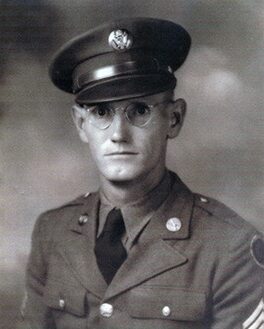
Arruolamento e addestramento
- Nel 1942 George Keathley si arruola nell’esercito degli Stati Uniti da Lamesa, in Texas. Fu assegnato al 338° Reggimento di Fanteria dell’85a “Custer” Division.
- Inizia l’addestramento a Camp Shelby, in Mississippi, sotto il comando del Maggiore Generale Wade H. Haislip.
- Nel 1943 Keathley è promosso a Sergente Maggiore, comandante di Plotone.
- Nell’aprile del 1943, la 85a Divisione partecipa all’addestramento militare su larga scala nelle manovre della Louisiana, vicino a Leesville.
- Ad agosto, la Divisione viene trasferita a Camp Coxcomb, in California, per l’addestramento alla guerra nel deserto.
- Le prove finali furono a Fort Dix, New Jersey, in vista del trasferimento in Europa della Divisione nel quadro della 5a Armata US Army.
- L’85a Divisione “Custer” lasciò gli Stati Uniti il 24 dicembre 1943, arrivando a Casablanca, in Marocco, per lo smistamento sui fronti mediterranei, il 2 gennaio 1944.
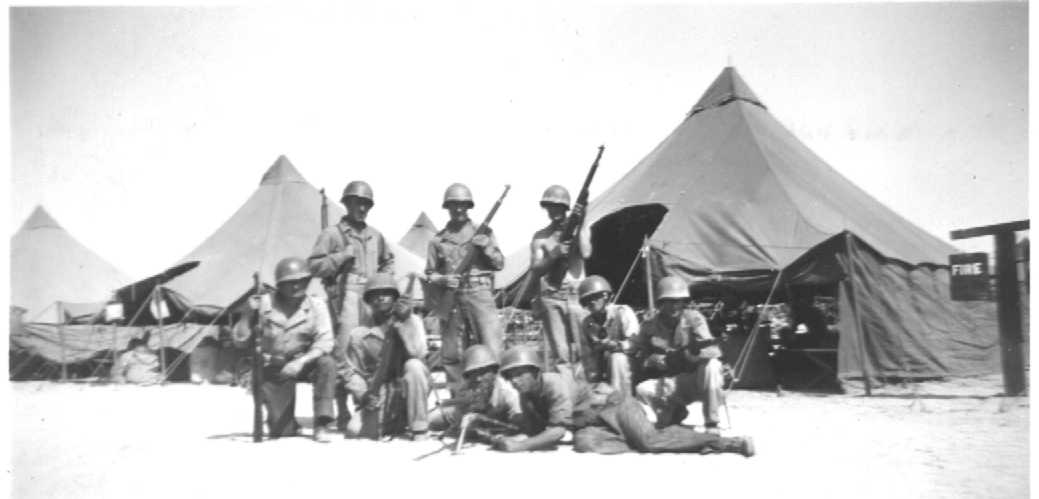
La sua azione su Monte Altuzzo
Come guida del 1° Plotone, Compagnia B, del 338° Reggimento dell’85a Divisione di Fanteria “Custer”, George Dennis Keathley fu ferito mortalmente nei pressi di Monte Altuzzo, in Italia, il 14 settembre 1944, mentre era alla guida di due plotoni, decimati negli scontri contro i paracadutisti tedeschi a difesa della Linea Gotica. L’attacco sulla linea di fuoco si protraeva da due giorni, con combattimenti sotto il fuoco incrociato delle mitragliatrici tedesche. Tutti gli ufficiali e sottufficiali erano morti. I plotoni guidati dal Sergente Maggiore Keathley erano in netta inferiorità numerica e pericolosamente a corto di munizioni.
Sotto il fuoco mortale dei mortai e delle armi automatiche, il Sergente Maggiore Keathley, sul difficile campo di battaglia strisciò verso le vittime, tra i morti e i soldati feriti, prestando loro il primo soccorso. Raccolse le munizioni inutilizzate e le distribuì ai restanti membri dei plotoni da lui guidati. Sebbene ferito a morte all’addome, continuò a dare ordini incitando i suoi uomini al combattimento per un quarto d’ora. Grazie al suo valore il nemico fu costretto a ritirarsi, lasciando dietro di sé molti morti e feriti.
Il Sergente Maggiore Keathley morì pochi minuti dopo. Senza il suo indomabile coraggio e la sua ispirata leadership, i resti di tre plotoni della Compagnia B avrebbero potuto essere annientati.
Caduto in battaglia: la menzione della Medal of Honour
The President of the United States of America, in the name of Congress, takes pride in presenting the Medal of Honor (Posthumously) to Staff Sergeant George D. Keathley (ASN: 30185361), United States Army, for conspicuous gallantry and intrepidity at risk of life above and beyond the call of duty on 14 September 1944, while serving with Company B, 85th Infantry Division, in action on the western ridge of Mount Altuzzo, Italy. After bitter fighting Staff Sergeant Keathley’s company had advanced to within 50 yards of the objective, where it was held up due to intense enemy sniper, automatic, small arms, and mortar fire. The enemy launched three desperate counterattacks in an effort to regain their former positions, but all three were repulsed with heavy casualties on both sides. All officers and noncommissioned officers of the 2d and 3d platoons of Company B had become casualties, and Staff Sergeant Keathley, guide of the 1st platoon, moved up and assumed command of both the 2d and 3d platoons, reduced to 20 men. The remnants of the two platoons were dangerously low on ammunition, so Staff Sergeant Keathley, under deadly small arms and mortar fire, crawled from one casualty to another, collecting their ammunition and administering first aid. He then visited each man of his two platoons, issuing the precious ammunition he had collected from the dead and wounded, and giving them words of encouragement. The enemy now delivered their fourth counterattack, which was approximately two companies in strength. In a furious charge they attacked from the front and both flanks, throwing hand grenades, firing automatic weapons, and assisted by a terrific mortar barrage. So strong was the enemy counterattack that the company was given up for lost. The remnants of the 2d and 3d platoons of Company B were now looking to Staff Sergeant Keathley for leadership. He shouted his orders precisely and with determination and the men responded with all that was in them. Time after time the enemy tried to drive a wedge into Staff Sergeant Keathley’s position and each time they were driven back, suffering huge casualties. Suddenly an enemy hand grenade hit and exploded near Staff Sergeant Keathley, inflicting a mortal wound in his left side. However, hurling defiance at the enemy, he rose to his feet. Taking his left hand away from his wound and using it to steady his rifle, he fired and killed an attacking enemy soldier, and continued shouting orders to his men. His heroic and intrepid action so inspired his men that they fought with incomparable determination and viciousness. For 15 minutes Staff Sergeant Keathley continued leading his men and effectively firing his rifle. He could have sought a sheltered spot and perhaps saved his life, but instead he elected to set an example for his men and make every possible effort to hold his position. Finally, friendly artillery fire helped to force the enemy to withdraw, leaving behind many of their number either dead or seriously wounded. Staff Sergeant Keathley died a few moments later. Had it not been for his indomitable courage and incomparable heroism, the remnants of three rifle platoons of Company B might well have been annihilated by the overwhelming enemy attacking force. His actions were in keeping with the highest traditions of the military service.
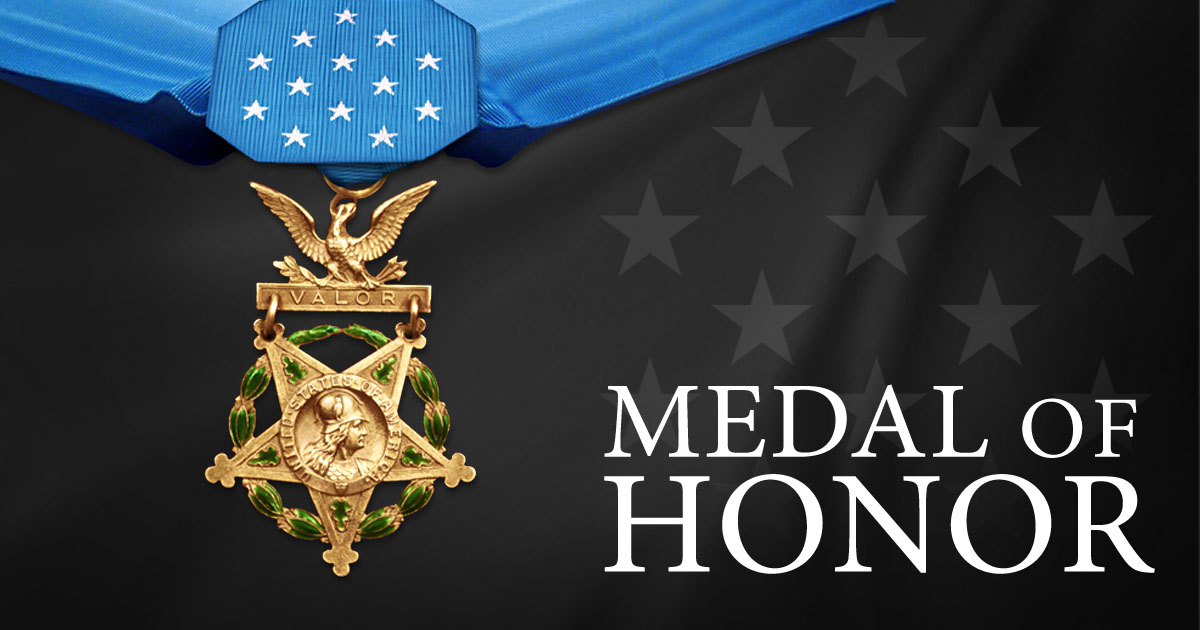
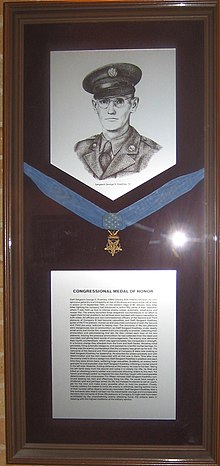
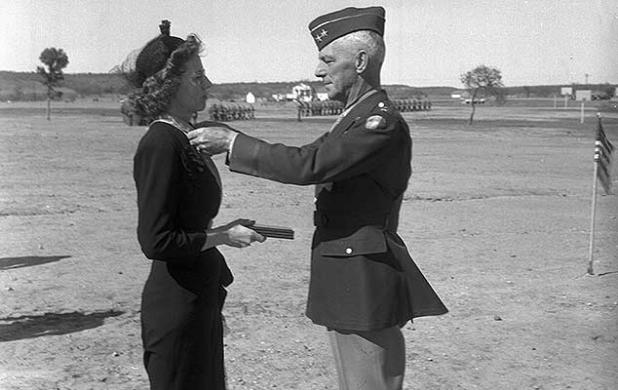
Il Sergente Maggiore Keathley riposa in pace…
Keathley, 36 anni al momento della sua morte, è sepolto nel Cimitero dell’American Battlefield Monument Commission a Faciani, vicino Firenze, in Italia.
Eredità
L’eroismo di George Dennis Keathley è stato onorato in molti modi.
- A Lawton, Oklahoma, il Veterans of Foreign Wars Post prende il nome in suo onore.
- Il Cameron College ha reso omaggio al suo ex studente nominando la sua squadra di addestramento del corpo di addestramento degli ufficiali di riserva “Keathley Rifles”.
- Una nave militare, la USNS George D. Keathley , prese il nome dal texano nel 1949.
- A Lamesa, il Veterans of Foreign Wars Post prende il nome dal suo ex residente.
- Alla Texas A&M, la medaglia d’onore, la stella di bronzo e il cuore viola originali di Keathley sono esposti sotto una targa di bronzo nel Sam Houston Sanders Corps of Cadets Center.
- La Texas A&M ha anche intitolato il dormitorio Keathley Hall della Texas A&M University al suo ex-studente.
Bibliografia
- 338th Infantry in World War II, http://yourpage.blazenet.net/cjheiser/ct/338moh2.htm,
- October 17, 2005. “Above and Beyond: The Medal of Honor in Texas,” Capitol Visitors Center, State Preservation Board of Texas.
- Dictionary of American Naval Fighting Ships, Department of the Navy, http://www.histroy.navy.mil/danfs/s10/sgt_george_d_keathley.htm, October 17, 2005.
- Handbook of Texas Online, Texas State Historical Association, University of Texas, http:www.tsha.utexas.edu/handbook/online/articles/KK/fke55.html, September 26, 2005.
- Texas A&M University, Residence Life, http://reslife.tamu.edu/housing/halls/keathley/default.asp, October 13, 2005.
